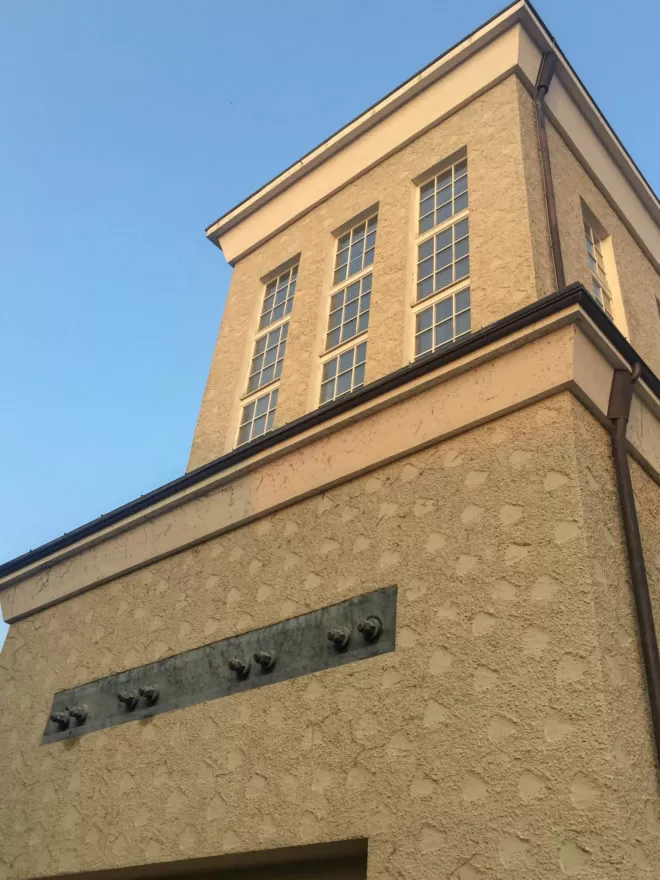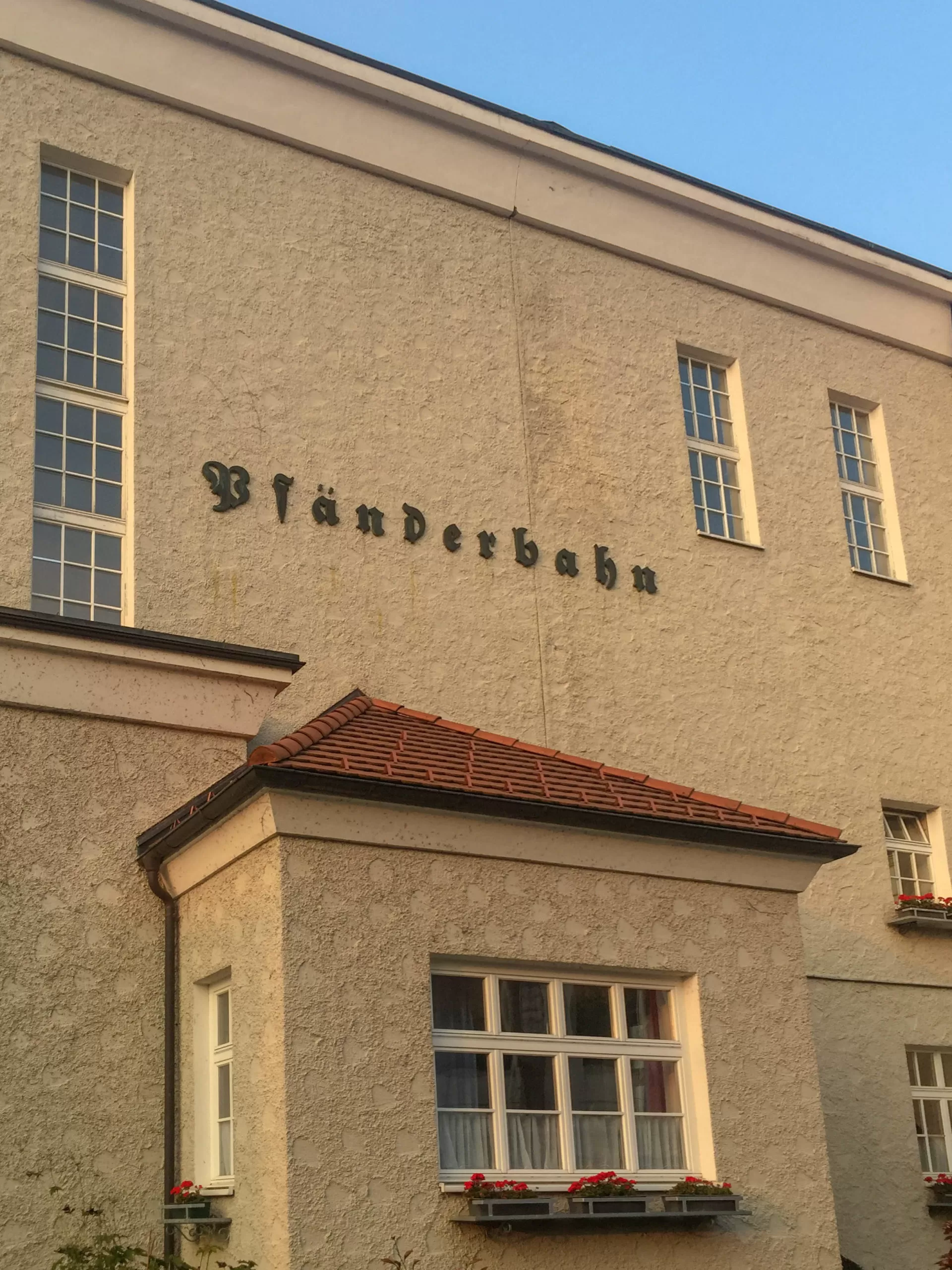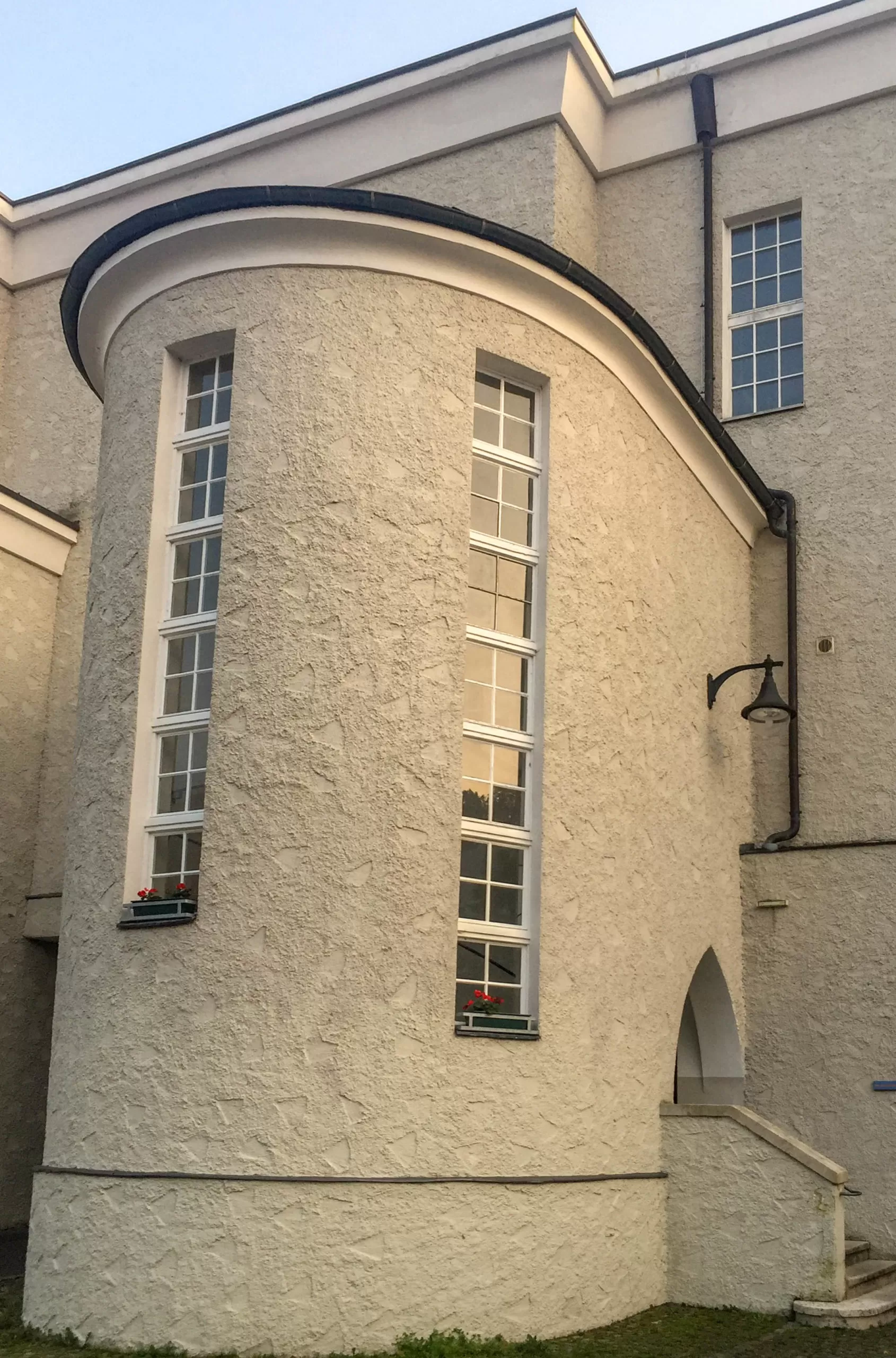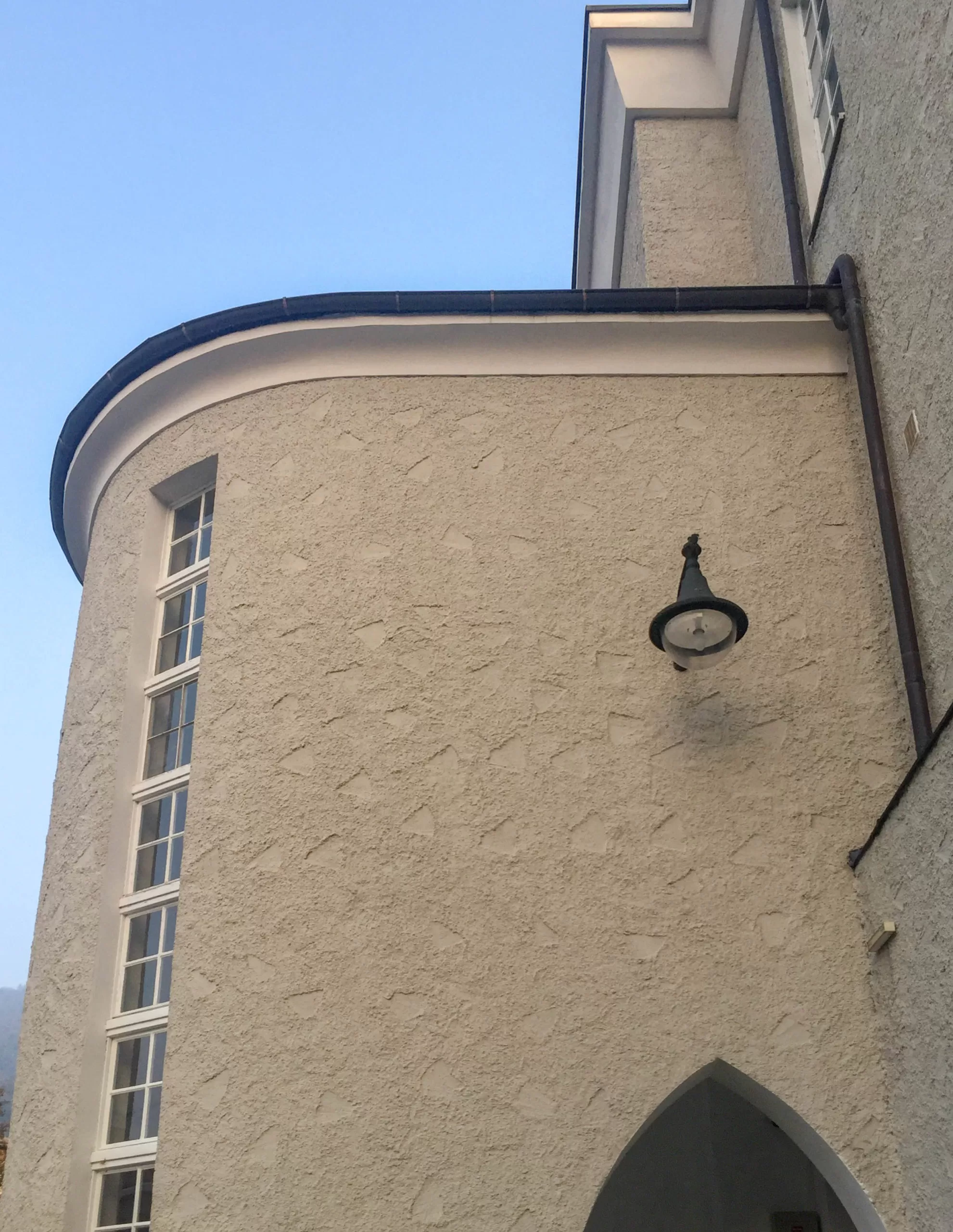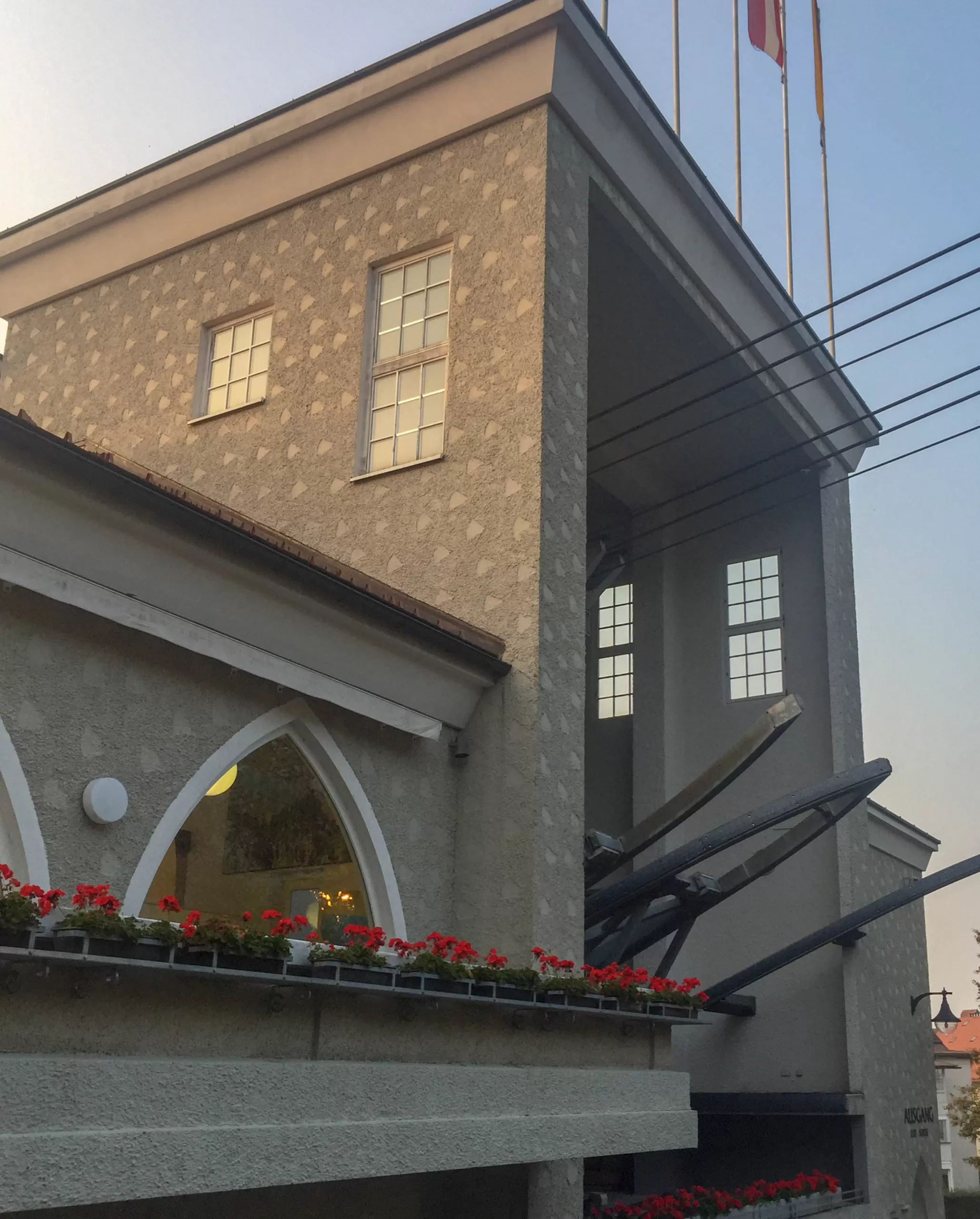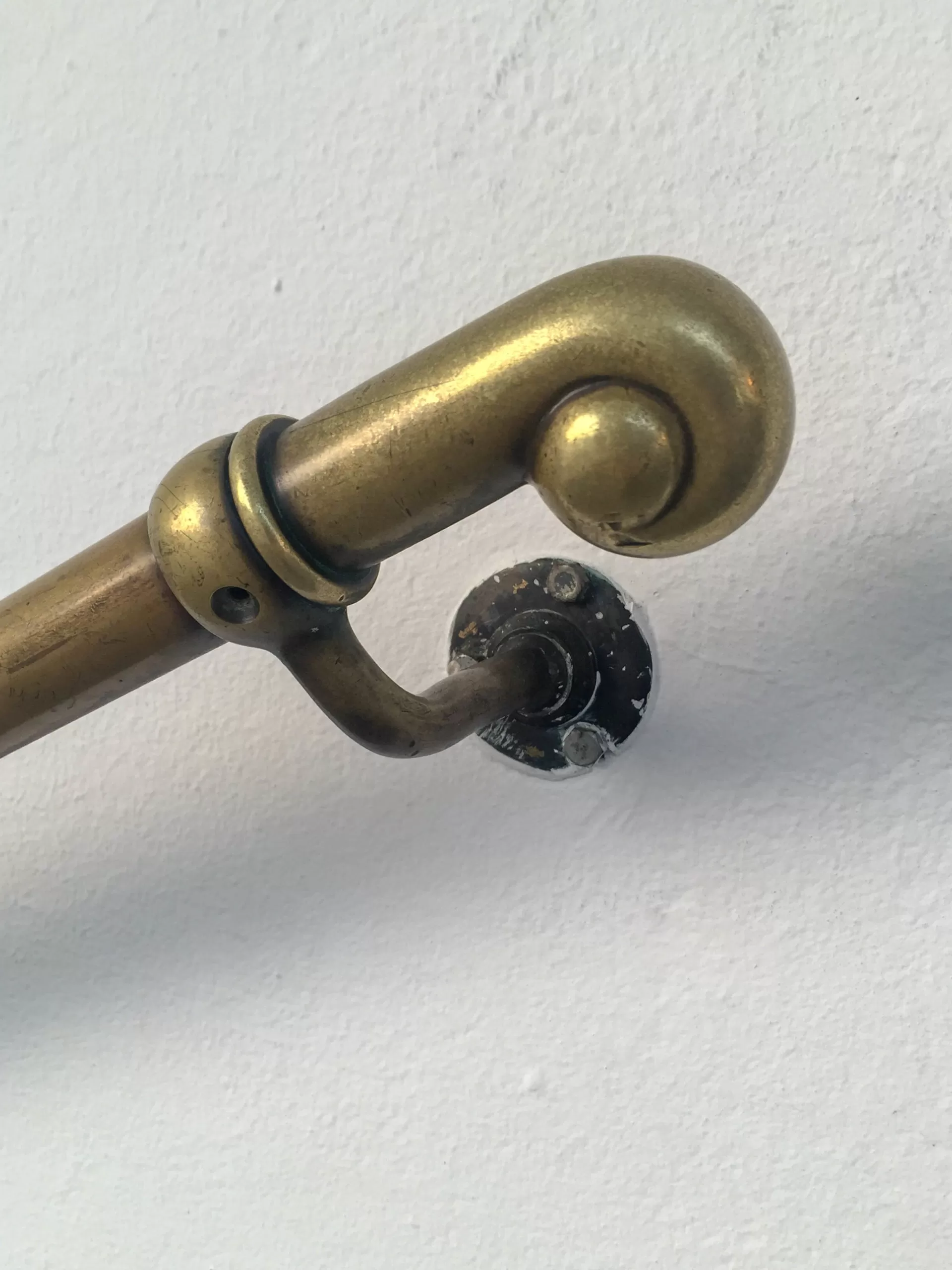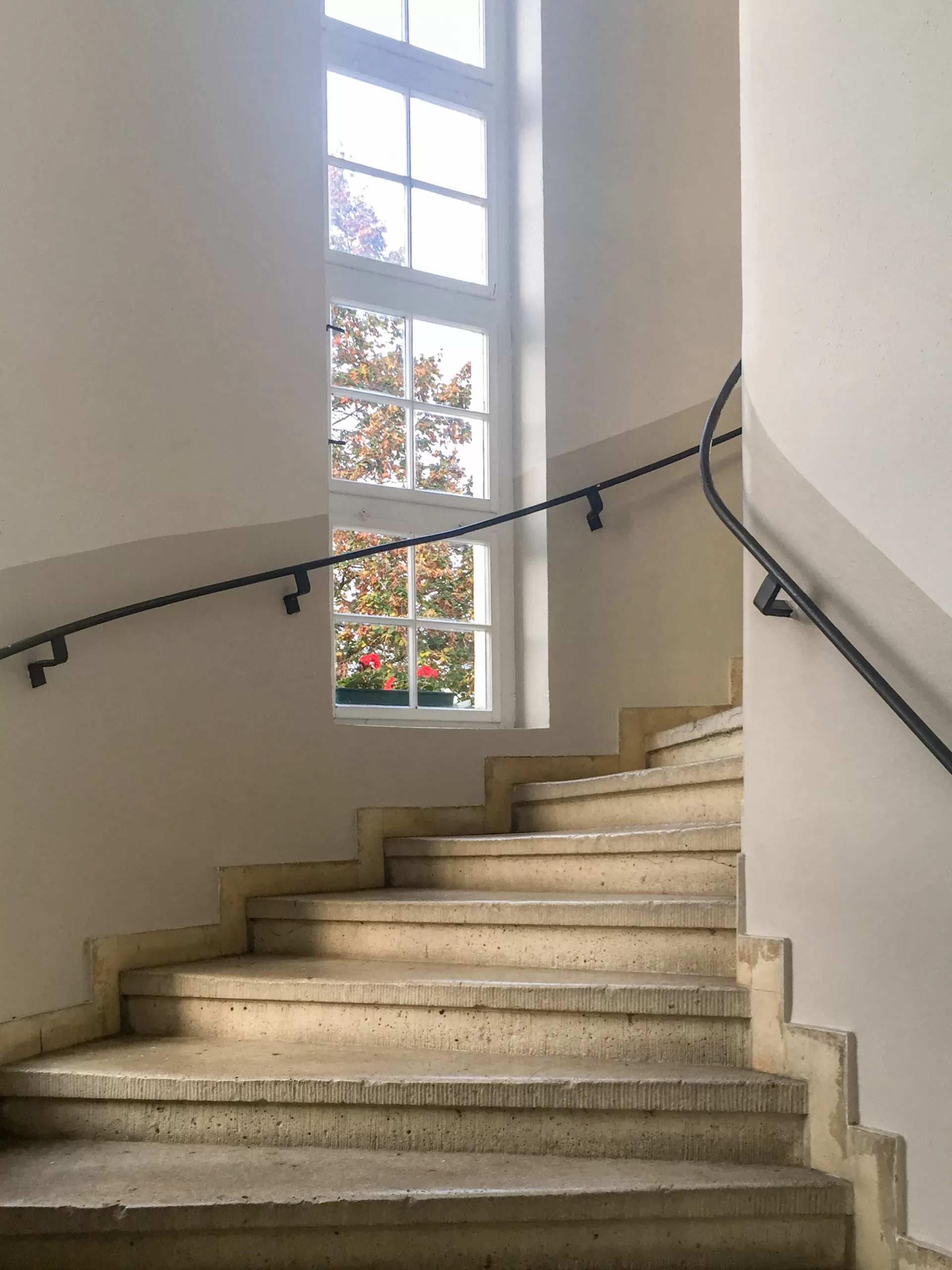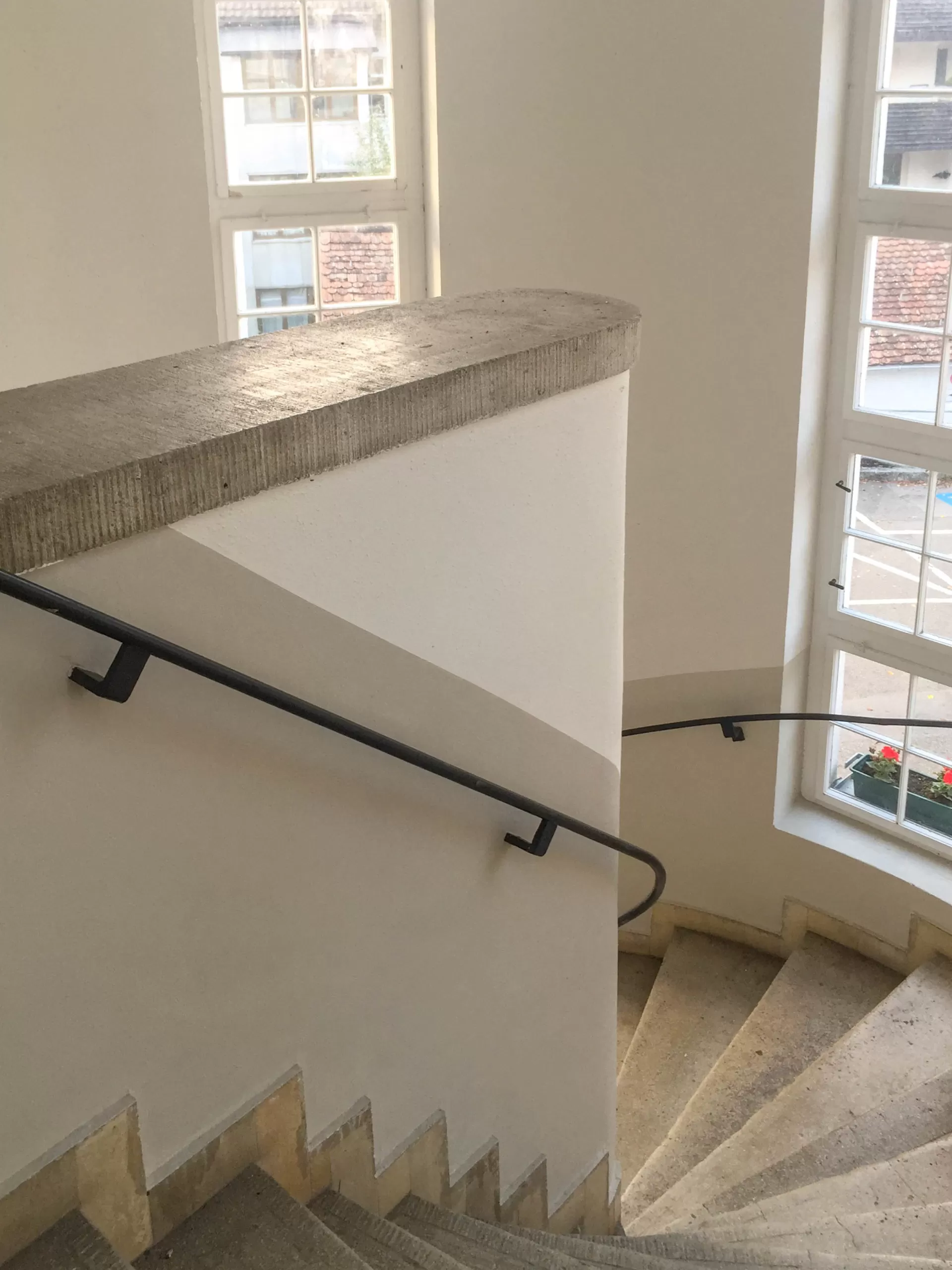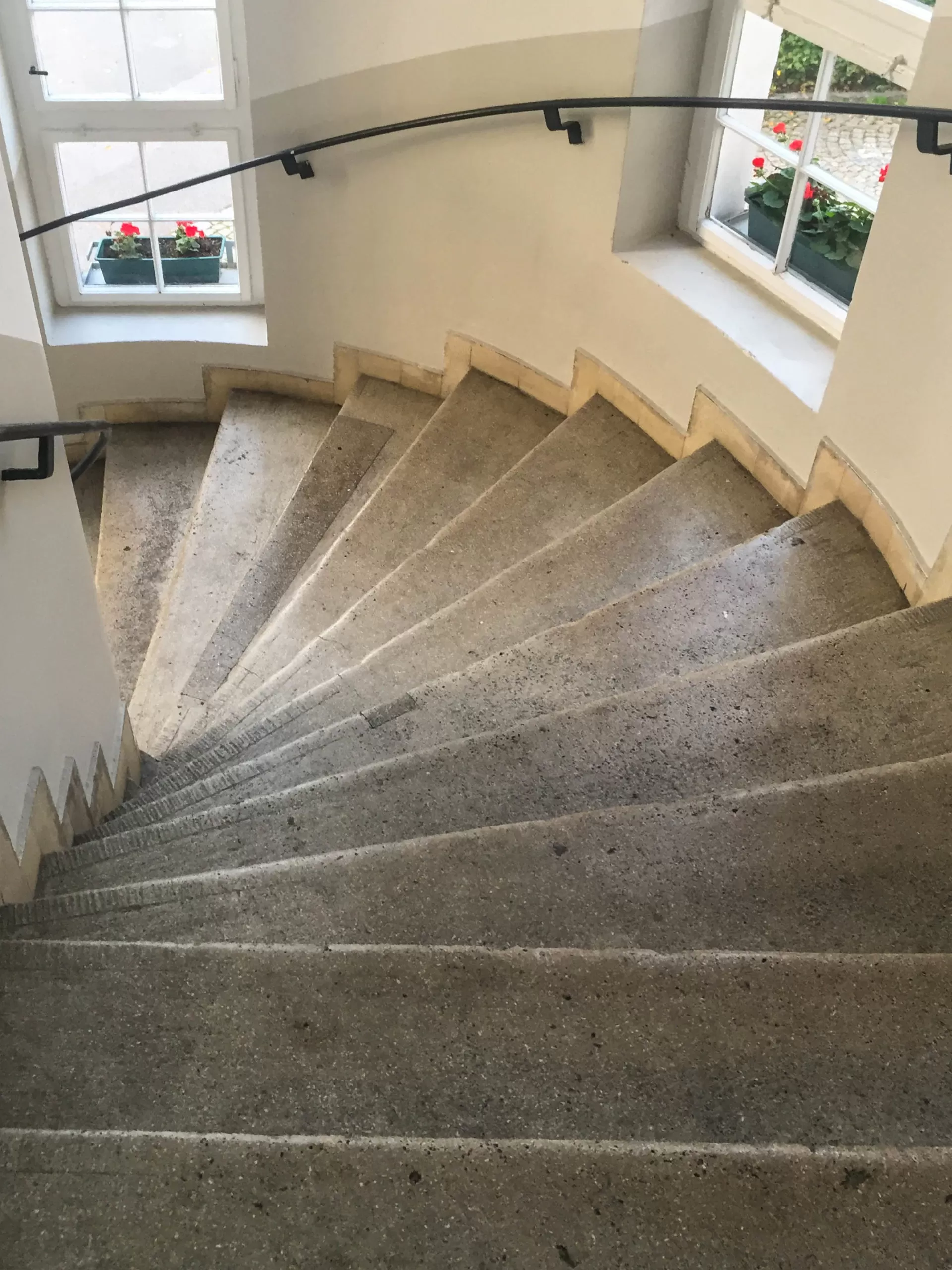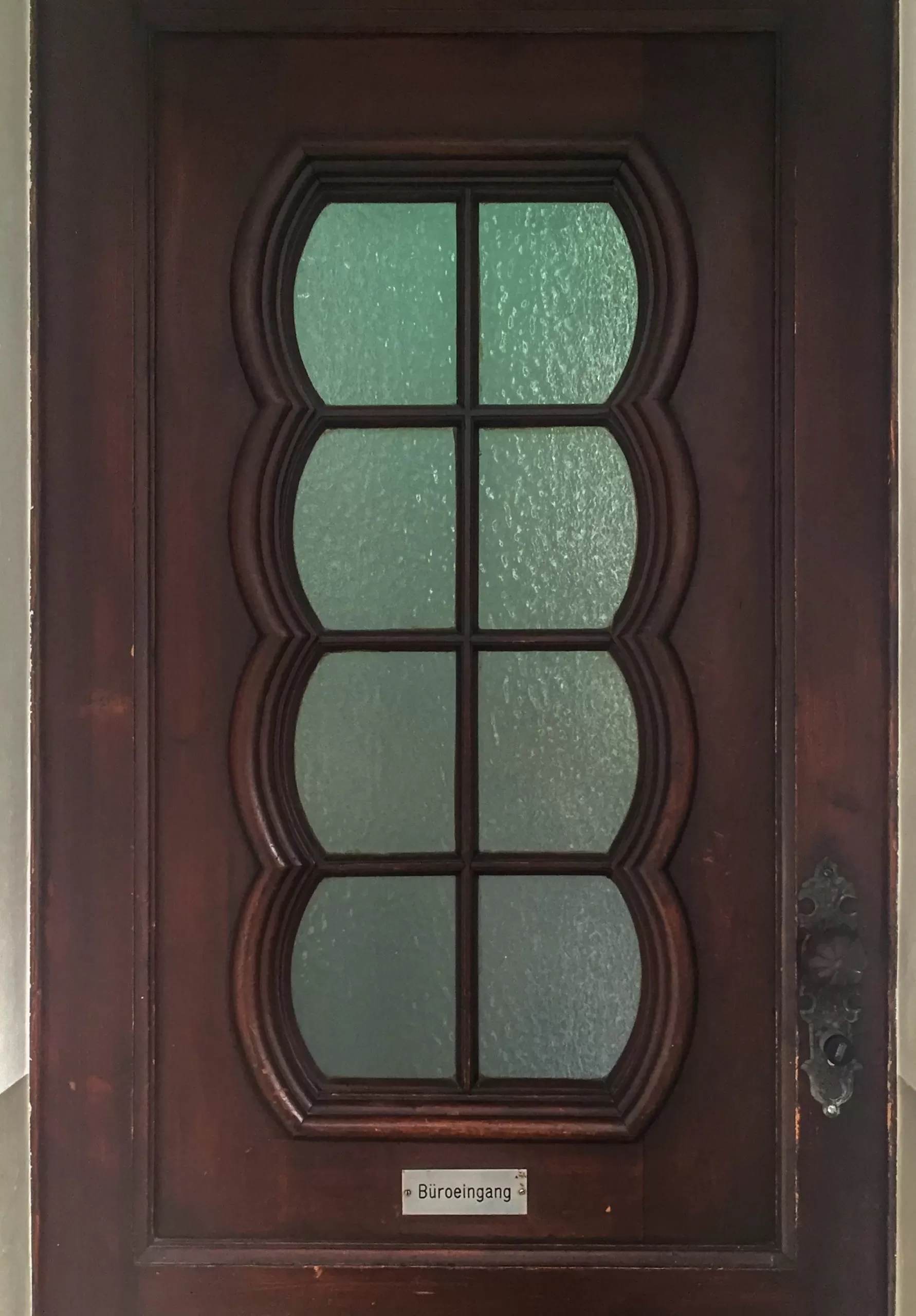1926 – 1927
Architect: Willibald Braun
Steinbruchgasse 4, Bregenz, Austria
Pfänderbahn
The Pfänderbahn, an aerial tramway in Bregenz in the Austrian state of Vorarlberg, was built from July 1926 to February 1927 as Austria’s third passenger ropeway and opened in March 1927.
It connects the bottom station at 419 meters above sea level with the top station located 1022 meters above sea level near the Pfänderspitze.
Willibald Braun
The plans for the station buildings came from the Bregenz architect Willibald Braun.
Willibald Braun initially studied at the building and construction school in Biberach an der Riß.
Between 1901 and 1906, he studied under Theodor Fischer at the Technical University in Stuttgart.
He opened his first office in Bregenz in 1906 together with Georg Natter. During this time the Hotel Post in Bregenz and in 1907 the elementary school in Rieden were built.
In collaboration with Franz Lukesch, Braun designed residential and commercial buildings in Dornbirn and Bregenz.
In the interwar period he participated in a large number of public and private building projects in Vorarlberg.
Building
At the Pfänder, the construction of a rack-and-pinion railroad was initially considered, but finally it was decided to build a suspension ropeway, as this was cheaper and would eliminate the need to clear snow.
The construction work was carried out by the company Adolf Bleichert & Co. from Leipzig-Gohlis.
On December 4, 1924, a committee for the construction of a Pfaender cable car was founded.
In October 1926, work began on erecting the cableway’s supports, which had to be set up to 14 meters deep into the ground.
In mid-January 1927, the almost five-centimeter-thick ropes could be hoisted, and the two cabins were hooked into place. Each cabin held 24 people.
On January 24, 1927, the assembly work was completed.
Restoration and Renovation
As early as April 17 of the inaugural year, the 10,000th passenger was carried. Five years later, on August 21, 1932, the millionth passenger was welcomed.
In October 1994, the ropeway system was extensively renovated.
In 1998, the Pfänderbahn Museum was opened in the valley station of the cable car.

